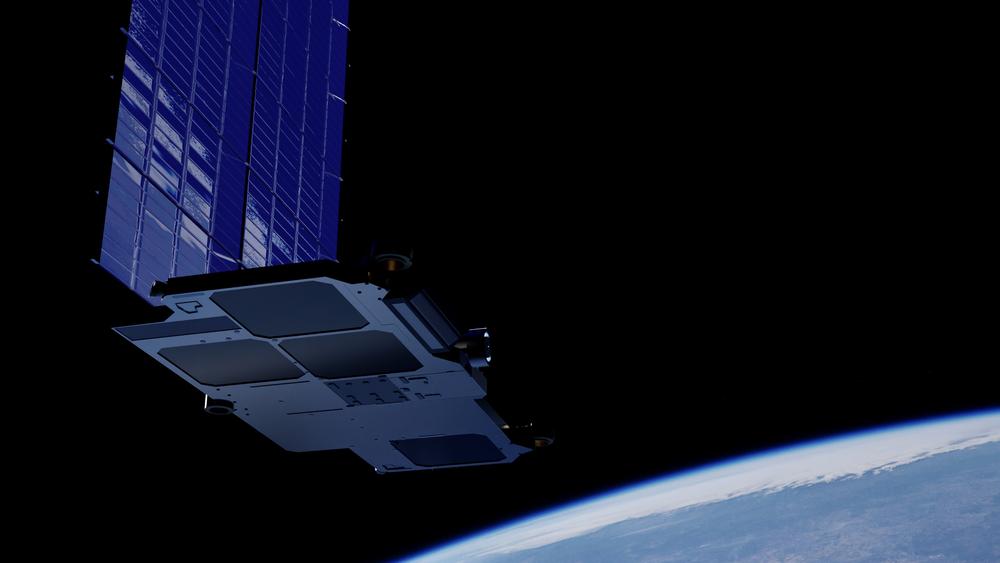
“ELON Musk has revealed his Starlink satellite internet service will be 10 times faster than broadband by the end of the year.
The billionaire CEO revealed the news in a tweeted response to a Starlink customer.
Musk responded: “Speed will double to ~300Mb/s & latency will drop to ~20ms later this year.”
This is a much faster internet speed than most people are used to.
Cheap broadband services can give you 30 Mbps speeds, which are still quick enough to download a song or a file in a few seconds.
However, that’s not a great speed for streaming or downloading lots of content.
The average broadband speed in the UK last year was 64 Mbps.
Average speeds in the US can be much lower.” The Sun
Comment: If this is true and yet further increases in speed and decreases in latency occur … pl
tps://www.thesun.co.uk/tech/14139850/elon-musk-starlink-satellite-speeds/

These statements are true but misleading. There are two primary factors to assess economic viability of satellite vs terestrial (wired) networking. They have held true from the 1970’s to the present. I always start with them.
1) Customer density (in customers per square mile). Densities below 1 are always better by satellite. Densities above 100 are always better by terrestrial. The changes to technology shift the breakpoint between 1 and 100.
2) Construction barriers. The difficulty or ease of construction shifts the breakpoint. Airplanes and ships face impossible construction barriers. Islands, mountains, etc. affect construction costs. Existing facilities like railroad right of way and pipelines simplify construction.
Most recently I watched a rural area in the Berkshires install fiber optics, and it will still outperform the best hopes of Starlink in terms of price performance. For about $150/month each customer gets a 1Gb/s service, <10ms latency, with no weather issues. The aggregate capacity is such that every customer will get excellent performance even when every one is using the system at the same time. They are at about 40 customers per square mile with an easy construction situation.
The misleading aspect of the Starlink claims is that they do not indicate how the capability drops as the load increases. I sure that the claims are true when there is only one customer using the satellite. What is not stated is how increased use will affect performance. My estimate of the satellite antenna footprint is that it covers a few thousand square miles. What happens when 10,000 customers try to use the satellite at the same time? (Density of 10) What happens when 100,000 try to use the satellite at the same time? (Density of 100).
I've seen unsourced claims of a 10Gbit/sec capacity for one satellite. If fully available, a use level of 10,000 at one time would be 1 Mbit/sec per customer. I don't trust that unsourced claim, but I've not seen any properly sourced claims.
There are also capacity situations for terrestrial networks, but they are much easier to address on a localized basis to eliminate individual bottlenecks. A typical fiber bundle cable will have about 100 usable fibers (after discounting spares, etc.). Each of those fibers can easily carry 4-10 Tb/s. So a typical fiber local distribution facility can much more easily carry 100,000 simultaneous 1Gb/s traffics.
Capacity planning for the Internet backbone brings in different issues, but they are similar for both local terrestrial service and satellite service. In each case there are local connection points.
Thanks for the progress report, I’ve paid my $99 to be in the cue for central Connecticut – 25% more monthly fee for 200+% more bandwidth!
Starlink is well aware of the density vs. capacity limits as rjh explained. Their early literature advertised that their service was meant for lower density customer base and not for urban areas better serviced by fiber. It will work just as well in urban areas as long as the number of customers is limited. The game that will be changing is the availability of high speed internet to millions who currently have little or no connection. This is a service for the have nots rather than the haves.
For about 10 years, Elon Musk has also been saying Teslas will be self driving in less than a year …
Teslas do come with an option for self-driving capabilities. I’ll be damned if I’d trust it though.
A gentleman living in Ontario’s cottage country gave this review after having the Starlink for a week:
https://www.itworldcanada.com/article/starlink-internet-in-canada-a-remote-workers-experience-so-far/442741
It sounds worthwhile.
Real-time coverage map:
https://satellitemap.space/#